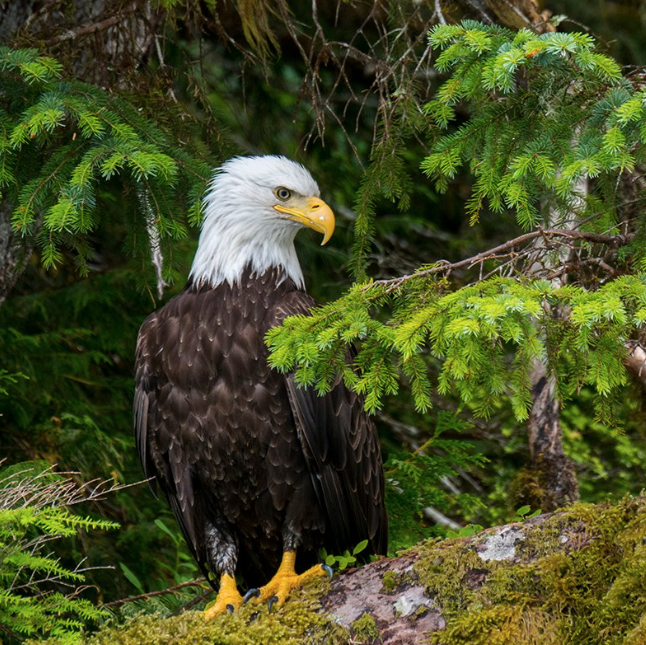Barbarian
Member
- Jun 5, 2003
- 33,356
- 2,560
Define Northern Asia.
The Northern part of Asia.
What shared DNA are there between these Northern Asians and Native Americans that lived ca. 13kya?
In 1981 Dr. Wallace headed a Stanford research team that found that ethnic groups could be identified and linked to their continent of origin by the mutation patterns in their mtDNA. Moreover, by determining how often these telltale mutations occurred, it was possible to calculate how long ago certain groups stopped intermarrying and separated, each going off to develop its own unique pattern of mtDNA mutations.
"Each continent had a different pattern" of mtDNA mutations, Dr. Wallace recalls of his research findings. Africans had mtDNA variations that distinguished them from Asians who, in turn, had variations that distinguished them from European-American Caucasians. "That's when I knew we had an anthropological story," he says. ...
Dr. Wallace began studying the mtDNA of Native Americans in the mid-1980s in hopes of resolving a long-raging debate over when prehistoric peoples entered the Americas. The presumption long has been that the ancestors of Native Americans came from Siberia. But anthropologists have argued for year over how many, and when, such migrations occurred.
The mtDNA analyses are showing that the ancestors of the Amerinds, who comprise most Native Americans, entered the Americans in a single migratory wave 20,000 to 40,000 years ago, Dr. Wallace and his Emory colleagues ... reported last year. This puts humans in the Americas long before a fluted stone-spear point--the oldest American tool ever found--was dropped by a prehistoric dweller near Clovis, N.M., 11,000 years ago.
The researchers also found that ancestors of the Navajo, Apache and other members of a Native American group, known collectively as the Na-Dene, are latecomers; they entered the continent in a second migration a mere 5,000 to 10,000 years ago, the research indicates.
Polynesian Links?
To their surprise, however, the researchers found that native Siberians lack one peculiar mutation that appeared in the Amerinds 6,000 to 10,000 years ago. This raises the question of where, if not from Siberia, this mtDNA originated.
It turns out, Dr. Wallace says, that this particular mutation pattern is also found in aboriginal populations in Southeast Asia and in the islands of Melanesia and Polynesia. This hints at what may have been "one of the most astounding migrations in human experience," he says. A group of ancient peoples moved out of China into Malaysia where they became sailors and populated the islands of the South Pacific.
Then some 6,000 to 12,000 years ago these ancient mariners made it to the Americas. "I don't know how they came," Dr. Wallace says. "They either came across the Pacific to Central and South America or they went up the east coast of Asia and across the northern Pacific to Alaska and Canada," he says. He already is examining mtDNA samples from natives of the Kamchatka Peninsula north of Japan to see if there is any mtDNA trace of these ancient sailors.
http://cita.chattanooga.org/mtdna.html
Surprise.
What was the genetic makeup of Clovis tech utilizing populations.
Essentially that of present day Amerinds. As you see, the DNA evidence is much more interesting than you suspected.








